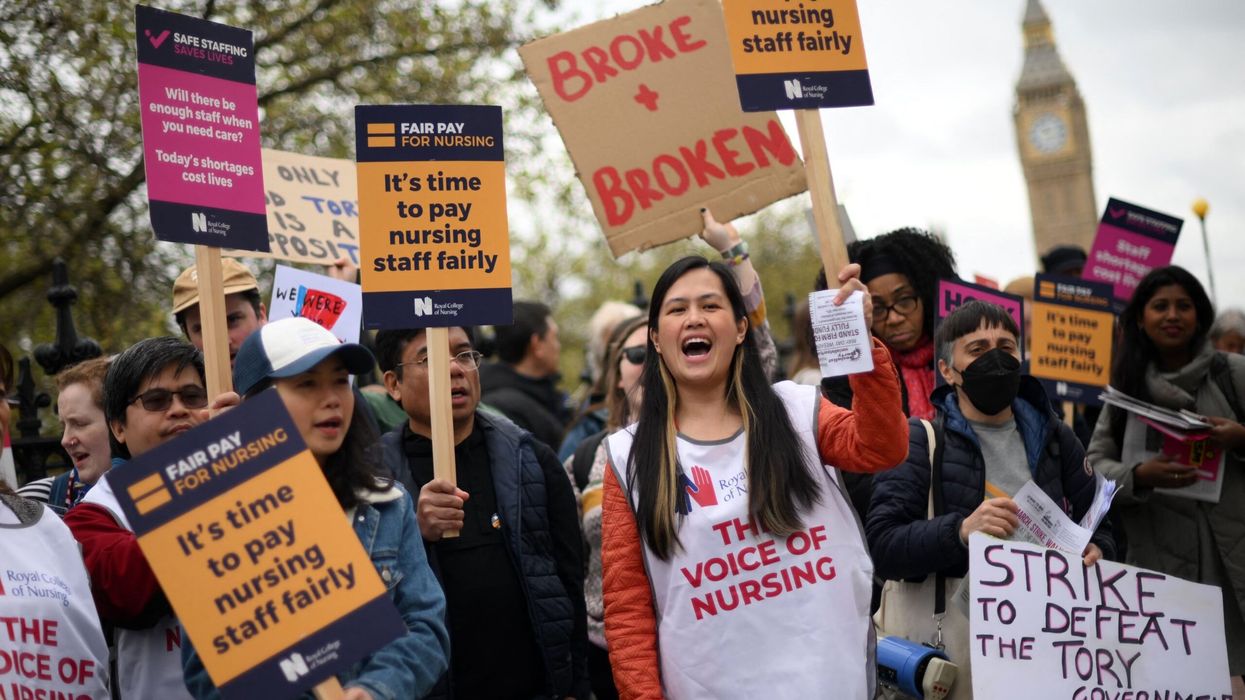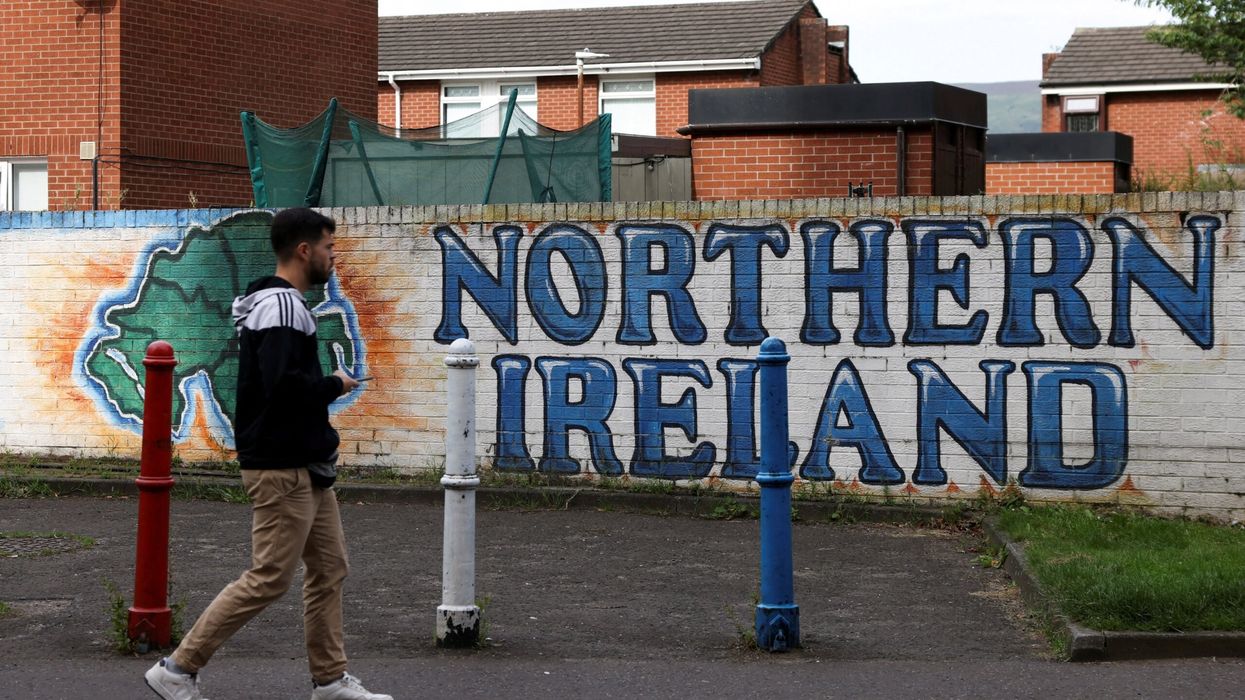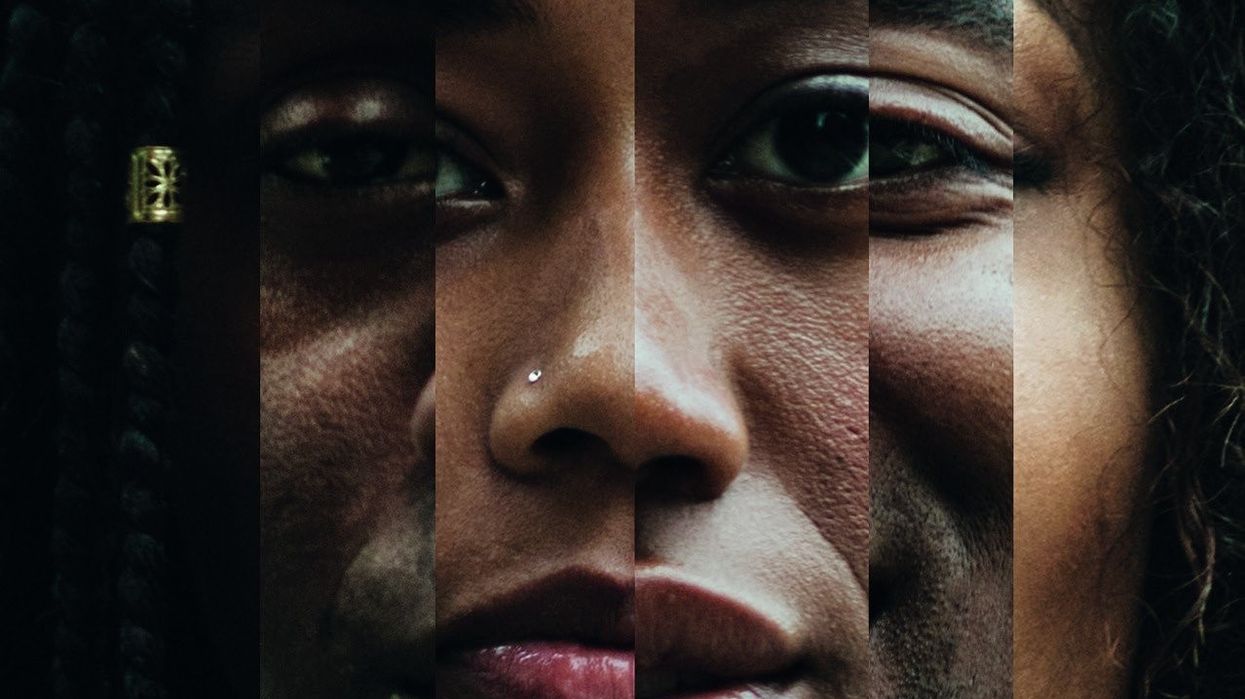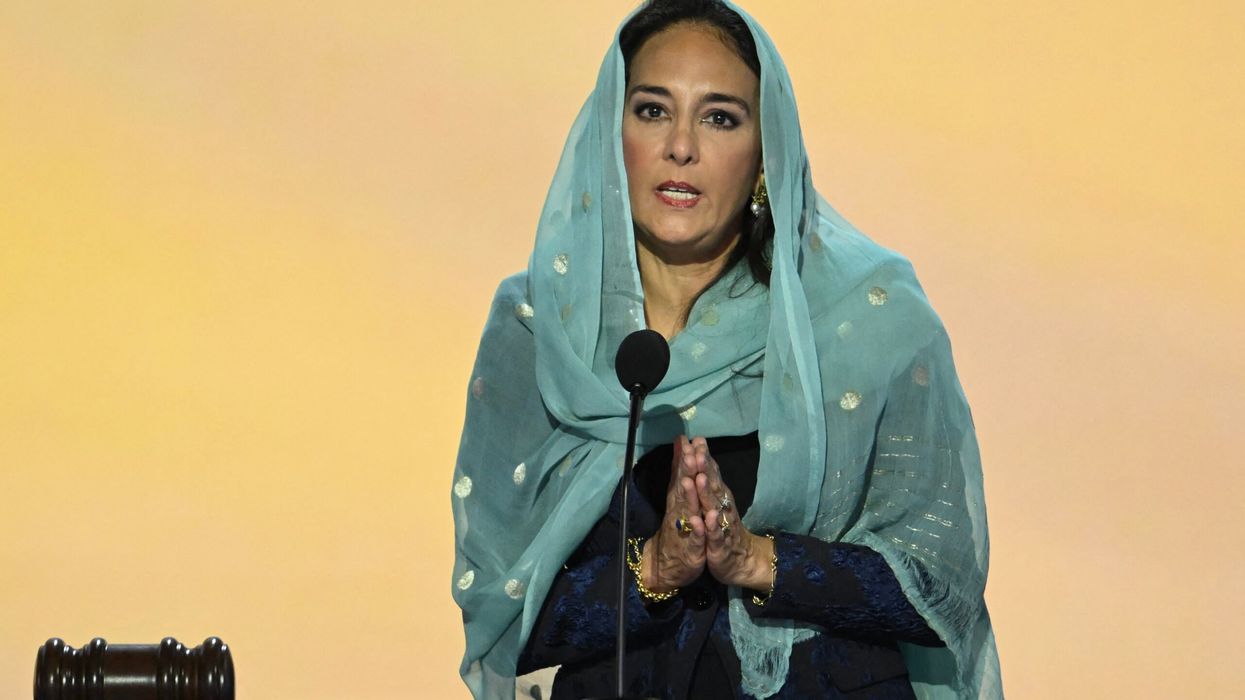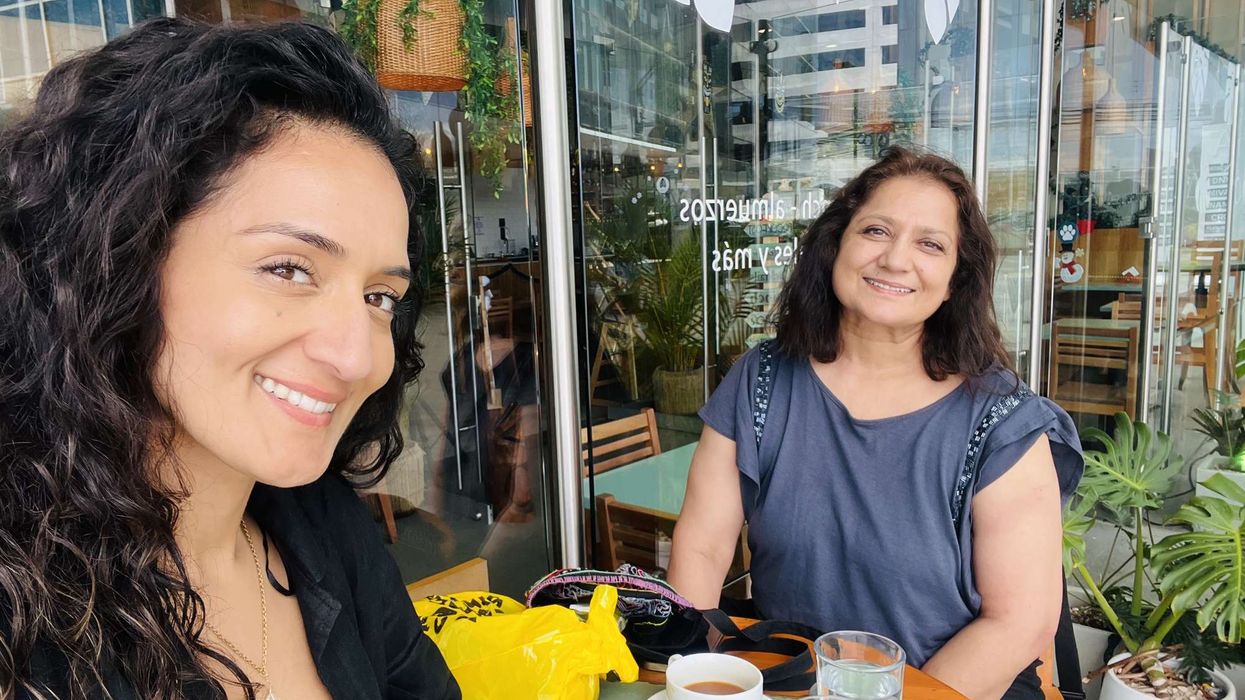by LAUREN CODLING
THE lack of a judge from an ethnic minority in the supreme court is “appalling”, Labour MP David Lammy has said, as new statistics released last week showed the dearth of minorities within senior roles in the judiciary.
Lammy, who conducted a review on the criminal justice system last September, said more BAME (Black, Asian and minority ethnic) figures were needed in senior roles in the British
judiciary.
Senior lawyer Jo Sidhu QC shared the Labour MP’s views, describing the low numbers of
BAME judges as an “ongoing embarrassment”.
Statistics relating to diversity in the judiciary released last Thursday (12) showed that more
than half of magistrates were female but only 12 per of magistrates declared themselves as BAME.
As of April, 11 per cent of tribunal judges were from a BAME background, with only five per
cent of Asian or British Asian descent.
Lord chief justice, Lord Burnett of Maldon, said the Judicial Diversity Committee, chaired
by Lady justice Hallett, has outlined plans to use the next 12 months to achieve a more diverse pool of lawyers.
MP Lammy’s report The Lammy Review: An independent insight into the treatment of BAME
in the justice system, found that seven per cent of around 3,000 court judges were found to be from BAME backgrounds.
The north London MP, who represents Tottenham, told Eastern Eye: “While representation
among magistrates is close to the population as a whole, representation in courts is half of the usual population.
“It’s appalling that there are no supreme court judges from ethnic minority backgrounds.”
He added that interaction within the judicial system can be one of the most “disorienting”
experiences for anyone, so it can be even more difficult when people in the system do not represent their own background.
“As I highlighted in my review, there is an “them and us” mentality in BAME communities, where it is felt that the criminal justice system does not serve nor reflect the community,” Lammy said.
“Comparing these figures to those of defendants in the criminal justice system, it is easy to see how such perceptions can be reinforced.”
At the time of his review, Lammy called for a national target to achieve representation in the courts by 2025.
However, in response, former justice secretary David Lidington said last December that a target would be “the wrong way to attack this particular objective” and the government would look at alternative routes.
Jo Sidhu QC, a long-serving barrister and vice-chair of the Bar Council’s equality and diversity committee, said the recent figures provide a “critical barometer to check whether our judiciary fairly reflects the ethnic make-up of lawyers” in the UK.
Although the legal profession has seen a huge increase in the presence of BAME solicitors and barristers, he said there should also be a better balance amongst the judiciary at senior court levels.
“Sadly, we are not [seeing this],” Sidhu told Eastern Eye. “The failure to recruit judges from amongst BAME lawyers, particularly in our higher courts, has become an ongoing embarrassment. Something needs to change.”
He noted he is personally acquainted with many senior BAME lawyers who would love to serve as judges, but claimed that they “are not getting through the selection processes”.
“And it’s not because they aren’t suitably qualified in terms of experience and ability; many of them are. But it seems our higher court judges remain conspicuously white, male and from the more privileged educational and class backgrounds,” he said.
Sidhu revealed he had contended with “numerous obstacles” in his path to a more senior position.
Called to the bar in 1993, Sidhu also acted as the former president of the Society of Asian Lawyers, which acts as the largest representative organisation for minority lawyers in the UK.
He believes he and many of his BAME colleagues were overlooked in recruitment for law firms and chambers. He noted it appeared they had to work twice as hard as white counterparts to receive the same recognition for their achievements.
“Things have improved only because we made a fuss and pushed for change,” Sidhu said. “But even now there is still so much more that needs to be done to give all BAMEs an equal chance to succeed.”
Lady Justice Hallett DBE, who acts as the chair of the judicial diversity committee, said she was pleased by the small increase in the number of BAME and female judges, but acknowledged work to increase diversity would continue.
“The Judicial Diversity Committee will continue working to attract and support the best qualified and the most diverse mix of new judges and progress the careers of those already serving,” she told Eastern Eye.
Tan Ikram, the deputy senior district judge for England and Wales, said analysing the most recent statistics was “complex.”
He acknowledged progress had been made, but said that work needed to continue to encourage more diverse representation.
“There is clear progress for women,” he told Eastern Eye, referring to last week’s statistics. “We also have more black and ethnic minority judges, especially amongst the younger judges.
“Issues of diversity, whether it be social background, disability, gender or ethnic background, are a challenge at every level, in education, progression in the professions or the judiciary. The figures are encouraging but we need to continue to work hard on the progress already made.”
Ikram was initially called to the Bar in 1990. Today, he is the deputy senior district judge (chief magistrate) for England and Wales. He is the first person of Asian origin to have held the position.
In the years he has spent in the sector, he said he has seen a “profound” change in minority representation, especially in relation to the progress of women in the profession.
“On the BAME front, when I was first called to the Bar, I saw very few non-white advocates
or judges,” he said. “Now, it is not at all unusual though, of course, I would like to see more reaching partnership in the larger solicitors’ firms, taking silk and sitting on the Bench.”
When contacted by Eastern Eye, a spokesperson for the Ministry of Justice said the Lord Chancellor was committed to increasing the diversity of our world-renowned judiciary, noting it is positive that recent statistics show improvement in BAME representation.
“But there’s more to do and we recently launched a programme to help more candidates from underrepresented groups apply to be judges,” they added.
Other statistics show London and the Midlands had the highest representation of BAME court judges (nine per cent and eight per cent respectively), with the lowest in Wales at one per cent.
It also found a third of court judges and two thirds of tribunal judges were from non-barrister backgrounds.
